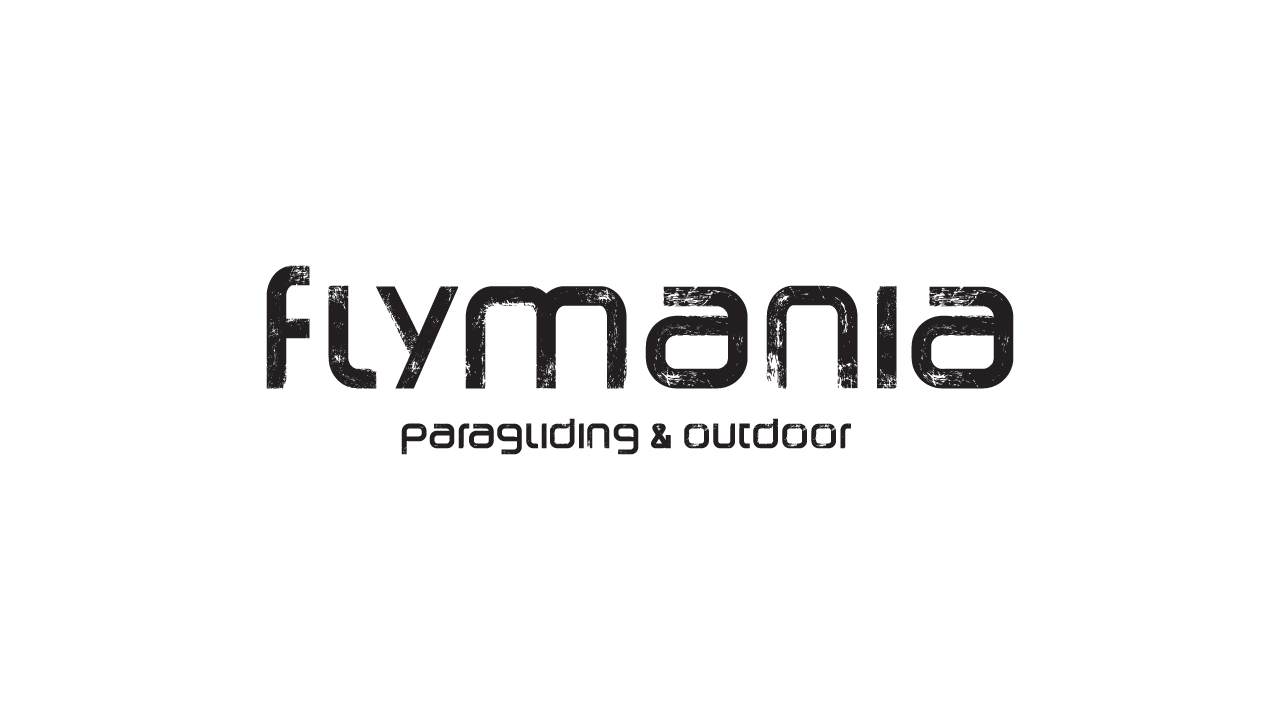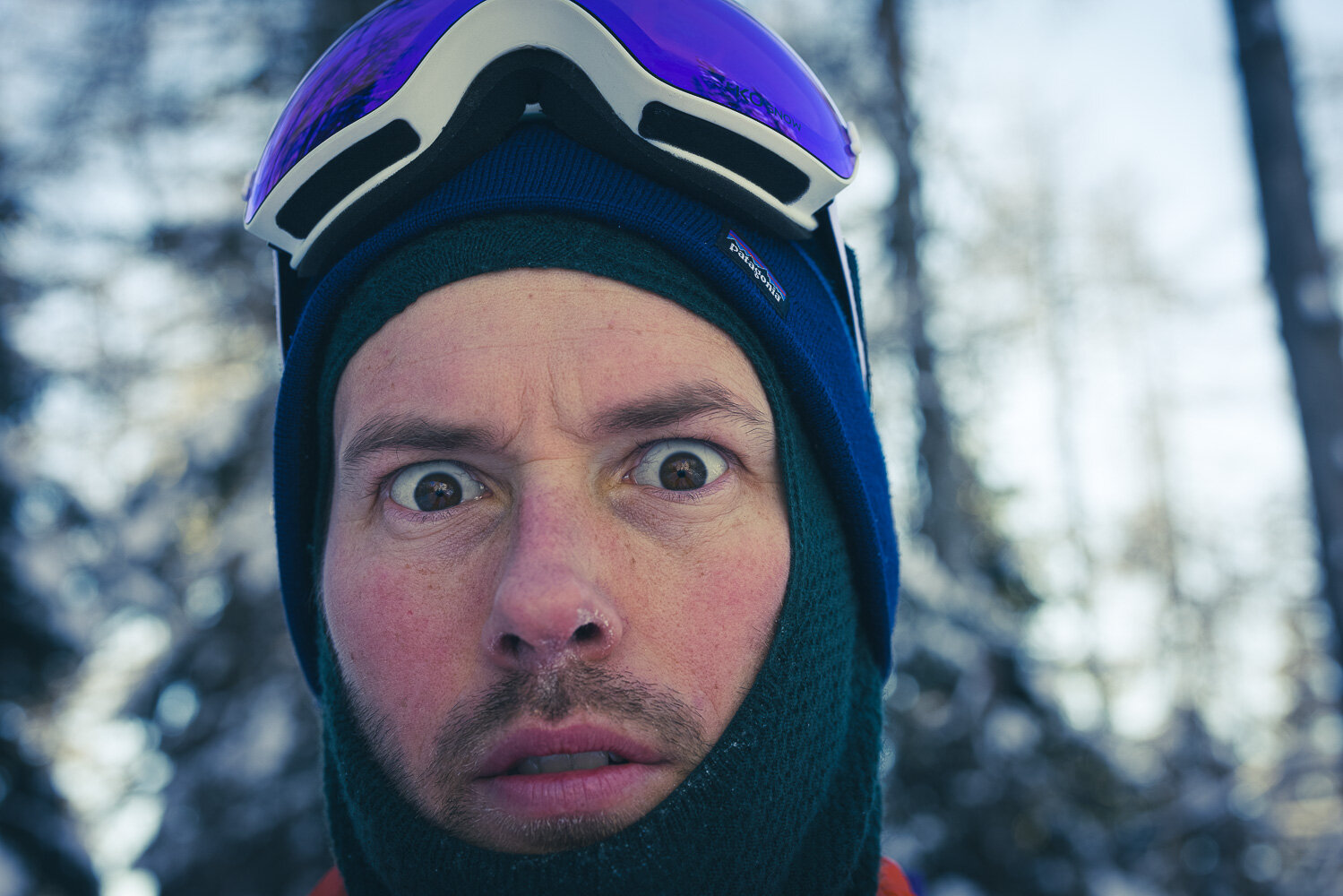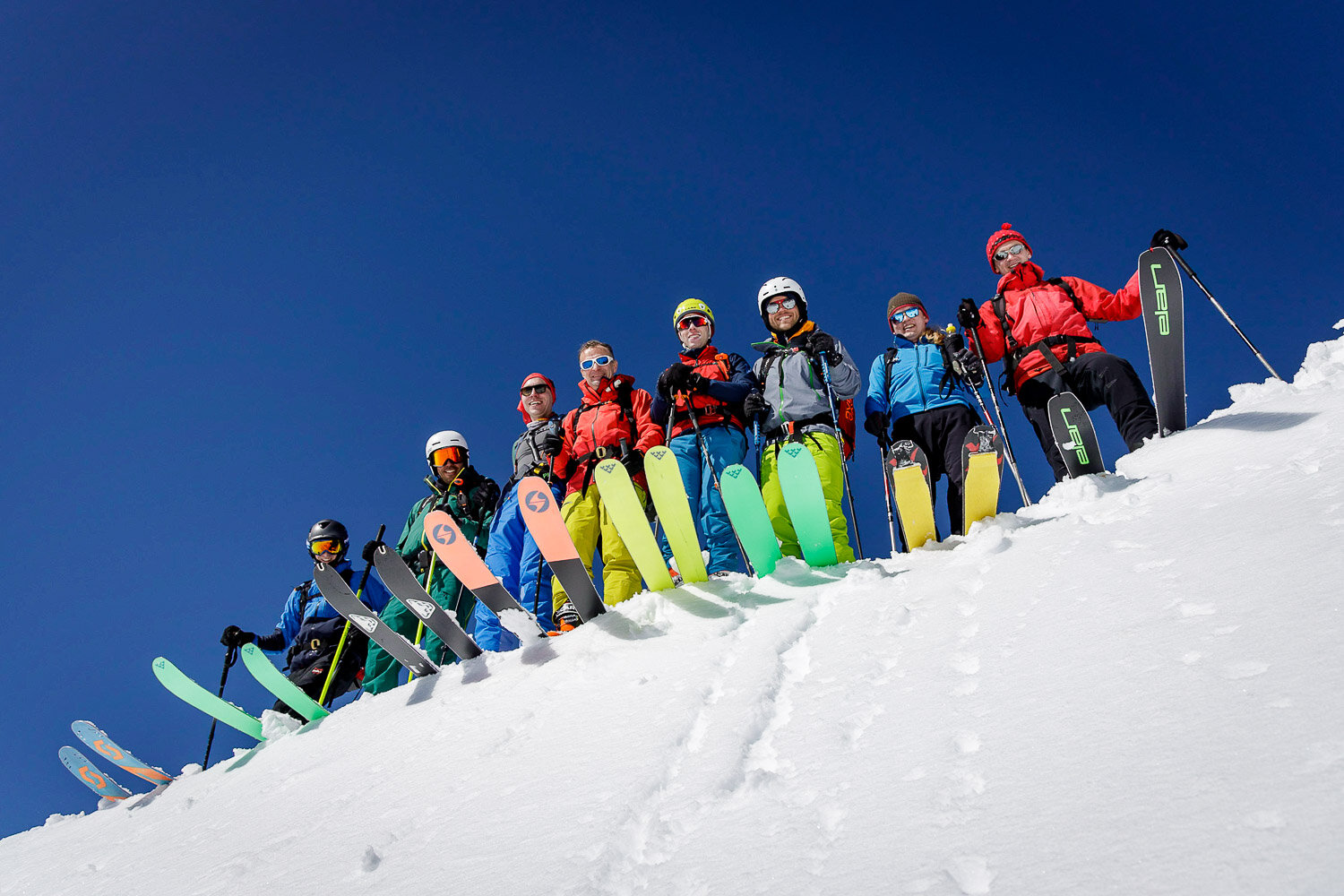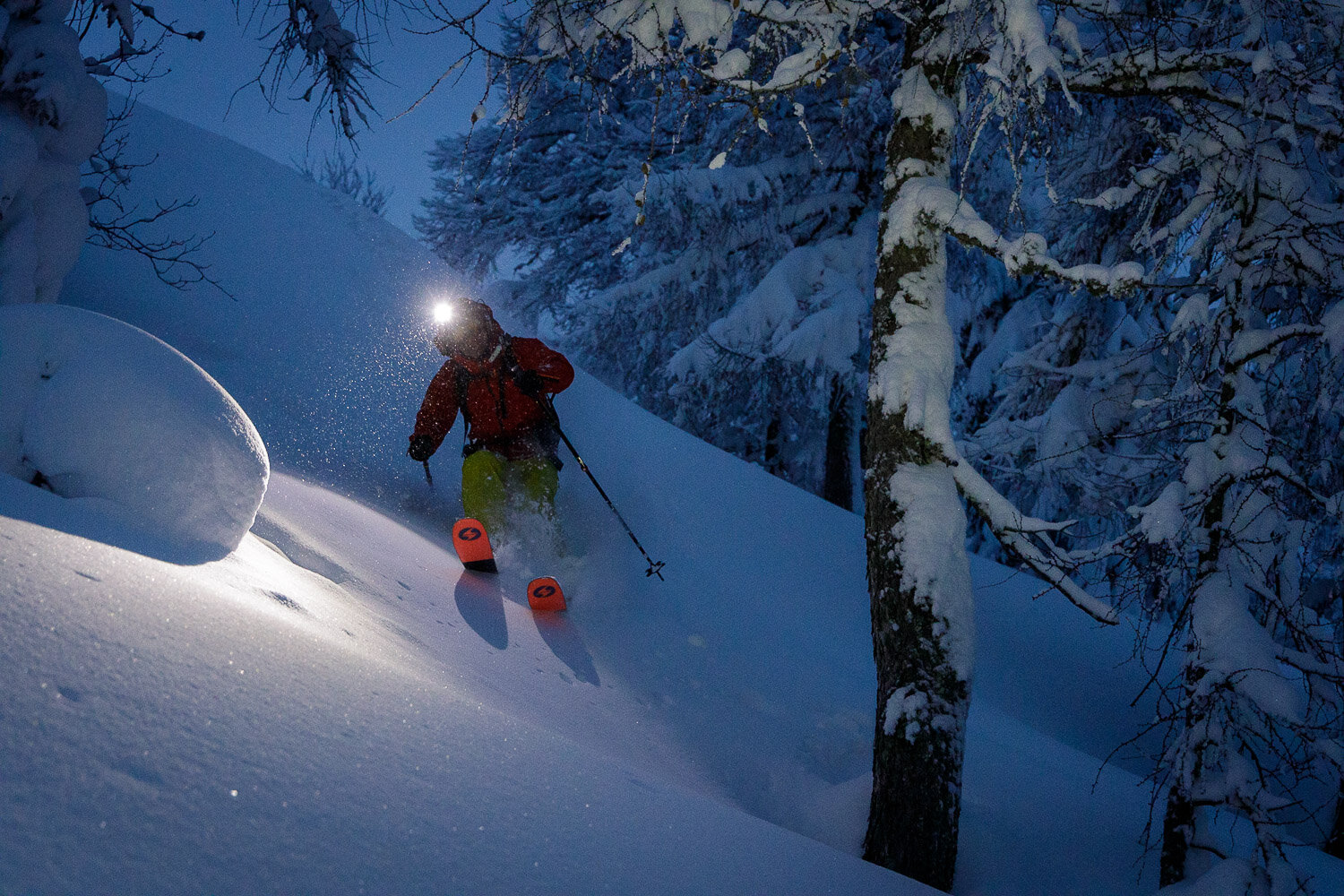Patagonia with its steep golden granite walls and unpredictable weather had been on my bucket list for years. Due to lack of time or better said - limited time - and the stories of climbers being stranded for weeks at a time in the tents (or nowadays town) sometimes not even climbing at all due to bad weather, a trip to the Patagonian granite spires had been postponed and replaced by other adventures many times so far. This year however an offer came through, which I'd have to be crazy to reject.
Return tickets to El Calafate and back for 234 EUR. Yup, you read that right! Two hundred and thirty four euros, which amounts to roughly 266 USD. To be honest - up until I actually sat on Dreamliner 787 seat - I did not believe we are actually going on a trip. It was just too good to be true!
But luck was on our side (at least with the plane tickets) and the engines roared, we took off and many many hours later (the connection was awful, but hey, for the amount of money we paid!) we landed in El Calafate in Argentina, South America!
And so the adventure began!
Chorrillo del Salto valley
Nejc is admiring the southern aspect of patagonian mountains from the wind battered forest.
It is not until you have seen it with your own eyes that you realize how magnificent Fitz Roy (Cerro Chaltén, 3445 m) really is. Its prominence is absolutely dominating the whole mountain range and steep granite walls guard the summit from all sides. It is a mountain of nearly perfect symmetry.
First ascent of the mighty Fitz Roy (Cerro Chalten) was completed in 1952 by Lionel Terray.
After a rather ardeous 37 hour non-stop travel from Ljubljana, Slovenia to El Chaltén, we immediately took to the trail and seized a single day of good weather that was ahead of us to explore the approach.
Trails for the approach to the mountains take you across a beautiful landscape. We climbed a small hill only to be greeted with Fitz Roy in all its magnificent glory.
Approaching Fitz Roy via Laguna de los Tres
Dušan finding balance on a boulder in front of the lake and Fitz Roy!
As glaciers retract glacial lakes form. The intensive turquoise colors of cold and crystal clear waters form a sight to remember. Add a mountain like Fitz Roy in the background and throw a couple of hours of sunshine on top and you get a world wonder to be admired by hundreds a day...
Being lucky to have had such conditions greet us on the walk-in, I did as anyone in possession of a camera would do. Snap a photo!
Dusan climbed on a small boulder with the views all for ourselves to take in. Though the idea was to make a jump for the photo, I strongly advised against as sprained ankles and/or broken bones don't cater well miles away from hospitals and especially on the first day of the trip.
I do like the victorious arms though!
Bouldering around El Chaltén
I snapped this photo of Nejc while storms raged in the mountains and minutes before yet another storm came rushing in to the town as well, darkening the sky and ultimately forcing us to a longer-than-anticipated rest at the hostel daydreaming of climbing.
Weather shut us down. When not climbing or hiking in the mountains, El Chaltén immediate surroundings offer plenty to do: bouldering, sport climbing, trail running, rafting, great dining and more! After a long hike with heavy backpacks and still jet-lagged a bit, delicious half-a-kilo schnitzels aka lomo steaks were an awesome treat.
There are already over 200 bolted routes around town within minutes walk and we happened to be lodged right next to a boulder area with boulders ranging from V5 to V-impossible :)
The Cerro Torre Approach
Nejc and Dušan approaching the mountains through wind battered forest with interesting vegetation and perfect trail winding ever closer to the moraine, crossing crystal clear streams of water along the way. Many times Dušan wished we’ve had one such trail back at home for the trail-running community - that is relatively flat as opposed to our vertical kilometer+ runs :)
One of the decisive differences of how to approach a climb in Patagonia is what had changed in the recent decade. Back in the days El Chaltén was a mere couple of houses, let alone what it is today with comfy lodges, hostels and even hotels. Back then camping in the forests closer to the glaciers and mountains like camps Agostino or Poincenot was a norm. Looking at the old photos of early climbing explorers of the Range, shivering in tents in torrential rain and gale force winds, kind of makes up for a totally different story.
Nowadays climbers stay in El Chaltén and - weather forecast promising - embark on a long(er) approach all the way from the town to the bivi spots under the granite rock faces of the mountains or glaciers typically in a (long) day. Best climbers and veterans of climbing in Patagonia however, have seemingly out-witted the perception of what a 10-15 mile approach (with all gear on your back) is. This season for example American super-climber Colin Haley has done just that, making me wonder he might not be homo-sapiens after all! He climbed Fitz Roy in a day from town to town! For the rest of us "normal" human beings, approach takes from a few hours or half a day to a full day (or more) depending on where and which walls you want to climb.
Niponino Camp under Cerro Torre
Dušan finds shelter behind a boulder guarding him from the elements and taking in the much needed calories. Horizontal rain falling onto your skin at hurricane winds feels as needles going under your skin so you really want to be looking downwards and hiding under the hood of your wind jacket.
If there is one thing I'd have to pick from what my first visit of Patagonia amazed me the most, it would be the wind and rapid changes in weather…
Weather forecasts for around Cerro Torre… let’s say reading them correctly isn’t always absolutely reliable to say the least. Forecasts should still really only be a (rough) guide as to when to *attempt* a climb. Mother nature does indeed often take its own course and alters the plans.
Approaching Niponino let us down. When going for the Niponino glacier camp, we blindly followed the latest release of Patagonia Vertical guidebook taking the recommended east side of the moraine...
Long story short - there was a huge rockfall and landslide which took the approach away, which cost us extra one and a half hour of scrambling around carrying loads before finally reaching the glacier.
Having sailed everywhere for first two decades of my life, wind never really caught my attention on land. It was always so much worse sailing on the white no-see-through fog of the offshore open seas than doing whatever on land (pissing in the wind excluded). Visiting Patagonia however changed this perspective - wind can actually be really really strong and with a big backpack acting as a small sail on your back, sometimes makes you think you will literally be blown away. I was knocked down barely catching myself several times that day at the glacier head taking photos and not paying enough attention to the gale-force gusts.
Retreating from under Cerro Torre
Dušan overlooking Nejc on the Tyrolean traverse with all his gear above ice-cold Rio Fitz Roy trying to evade the incoming mordor-like weather from the Northwest.
Ferocious winds really kicked in right after the moraine at the glacier head on the west bank. First drops of rain followed. Glacier soon turned into mordor-like scenery which with ever strengthening horizontal-falling rain finally made us turn around and bail.
Hiking for over 11h straight from door to door with just under 2.000m vertical gain over 31.5 km in length, our legs certainly felt the full day workout. Being weighed with heavy climbing backpacks and bivy gear, additional photo gear with lights, remotes and tripods on top rounded up the sightseeing "tour" nicely.
Back in town the next day, we learned that the (only) two other teams had returned from Niponino with bad night's sleep due to gale force winds and rain/sleet.
Tent bound under Fitz Roy
Though my face is as far from pretty as Japan, I must state for my defense that this wide angle lens does kind of alter my facial proportions and symmetry quite a bit :) And this was before I cut open my lower lip with idiotic climb-out-of-the-tent-carry-it-all-at-once move, kicking myself with my own knee with sharp edged plastic in between.
Coming to another part of the planet with (very) limited time of total 9 days (plus drive in and out) you have to make the best of your schedule.
Storm after storm with rain kept us in town for longer than anticipated already, so just a day after the Cerro Torre hiking sufferest and weather forecast (again) looking promising with high pressure, we set our course for Piedra Negra northeast od Fitz Roy.
With 5 teams descending while on our way up, we certainly did not feel too giggly. One team got their ropes blown away!, other had their tent torn and broken and the others just could not stand the "outrageously strong winds" as the experienced German climber put it. The other two teams made it further before the weather deteriorated - actually touching the wall, but got shut off after a couple of pitches with all cracks being iced up and frenzy cold.
Having only limited time available we carried on, with the lightest available single skin water resistant (not water proof!) tent and a bivy bag. With "how bad can it be?" mantra and lust for climbing, we continued the steep approach battling the ever more hostile elements the higher we climbed.
It doesn't need an engineer to make the math, that a minimalistic 1-2 person tent won't sleep three broad-shouldered adults too comfortable, right?
Well the irony is that all three of us are engineers by profession indeed and it was evidently time to put our space envisioning knowledge to work...
Enjoying the Snow Blizzard
Our tiny Firstlight tent is an oasis under the stormy sky...
I must admit that accommodating three sleeping adults in a confined place of a minimalistic 1-2 person tent in a snowstorm can actually be a small engineering feat.
Just as an illustration envision a rectangle of 190 cm x 120 cm with reclining four sidewalls meeting on top 90 cm high. And that is the size of the "ideally pitched" tent of ours. Not taking into account that ours was compressed on all four sides either by rock outcrops or ice and snow, thus further limiting down the space for at least 20%.
I won't be too long about how we slept, but certain facts and details might be interesting for the non-climber folks... Tent is water resistant only, therefore touching the walls in downpour of any kind means that sooner than later you will be soaking up the water from outside through the fabric. Condensation build up is a huge problem alone, worsened further by the fact that we hadn't had any proper meal for a full day and had to cook inside. Add to this the aforementioned winds angling the tent in gusts in random directions, always releasing the drops of water-build up from all four walls. The solution?
First morning light just after sunrise hit the mountains across the valley! Surreal!
There is none. We had 15 hours and 37 minutes till sunrise and we set our count down timers in order to know at any given moment how many more hours, minutes and seconds of lying cramped up in a pond of water remains. The fun part is that we actually all slept well until 3:24 am, but after that none of us actually slept much. Thanks to the super Spoonbill UL specialty bag by Feathered Friends we were very warm.
Pictured above our tiny greenish tent is an oasis under the stormy sky. I experimented and played a little with my headlamp, adding some sense of the ever strengthening snow blizzard with a patch of illuminated snow flakes. Not only rain but snow too is falling horizontally in Patagonia!
It was here in a snow storm when I asked myself again: "Aren't we here for rock climbing in rock shoes?”
Golden Iced Up Granite
Nejc climbing and scrambling on the approach to a notch.
After a terrible night, morning broke. And we were greeted with sun!
But rock features being covered with snow and cracks all iced up already on the day of our arrival to the high camp and the day before, the last night's snowfall and freezing temperatures did little to comfort me.
Although we were the only team there and had the whole valley for ourselves, others apparently knew better bailing the previous day instead of spending the dreadful night in the tent only to find out that climbing is not to be done until rock rids itself of snow and ice.
Climbing
Climbing underneath a big roof.
Rock climbing finally made us happy! Although it was far from the goals we set in the big mountains that kept shutting us down, it was still an adventure to remember and on the last day before our departure - a rewarding day nevertheless!
We somehow picked to climb something we knew nothing about except seeing a big roof in the upper third of the wall. The line was very obvious, but not knowing the grade or the spot where the crux even was, made it a tad more adventurous.
Both thinking that the most difficult part would be the overhang under the roof with a traverse to the right, we were wrong. It was a slab on a buttress two pitches up the wall that had protection a bit spaced for our liking, but great cracks and jugs left us smiling nevertheless.
Climbing was quickly over when realization came that we should have brought our approach/descent shoes along... The only other option was walking in our rock climbing shoes which we did!
Snaps of El Chaltén
Nightscape of the ever growing town of El Chaltén
El Chalten is the newest town in Argentine. It was founded in 1985 in a rush to beat Chile to the land claim. With permanent population of only about 800 people, El Chalten today is the national trekking capital and climbers mecca.
The magnificent granite spires of the Cerro Torre and Cerro Fitz Roy massive dominate the skyline, whereas the Rio Fitz Roy (left) and Rio De Las Vueltas (right) merge at the south part of the town.
Climbing in Patagonia inspired Yvon Chouinard to found the Patagonia, which also has this very skyline in the company logo.
Parting shots
Saying goodbye to El Chalten!
Though (very) brief and without accomplishing actually anything what we planned in the big mountains climbing-wise, Patagonia experience was unique and fulfilling in every way imaginable: great landscapes, breathtaking mountains and adventurous spirit! There was A LOT of hiking around and under the mountains and back to town again, but for me - the Patagonia was still an amazing place!
But most importantly - friends having great time together in another part of the planet we call Earth!
Spires that inspire!
PS: This story had originally been written as a 10-part photo story for foreign media and is therefore kept in original English form as written on the airplane on our way back!
































































































With 5 teams descending while on our way up, we certainly did not feel too giggly. One team got their ropes blown away!, other had their tent torn and broken and the others just could not stand the "outrageously strong winds" as the experienced German climber put it. The other two teams made it further before the weather deteriorated - actually touching the wall, but got shut off after a couple of pitches with all cracks being iced up and frenzy cold. Having only limited time available we carried on, with the lightest available single skin water resistant (not water proof!) tent and a bivy bag. With "how bad can it be?" mantra and lust for climbing, we continued the steep approach battling the ever more hostile elements the higher we climbed.